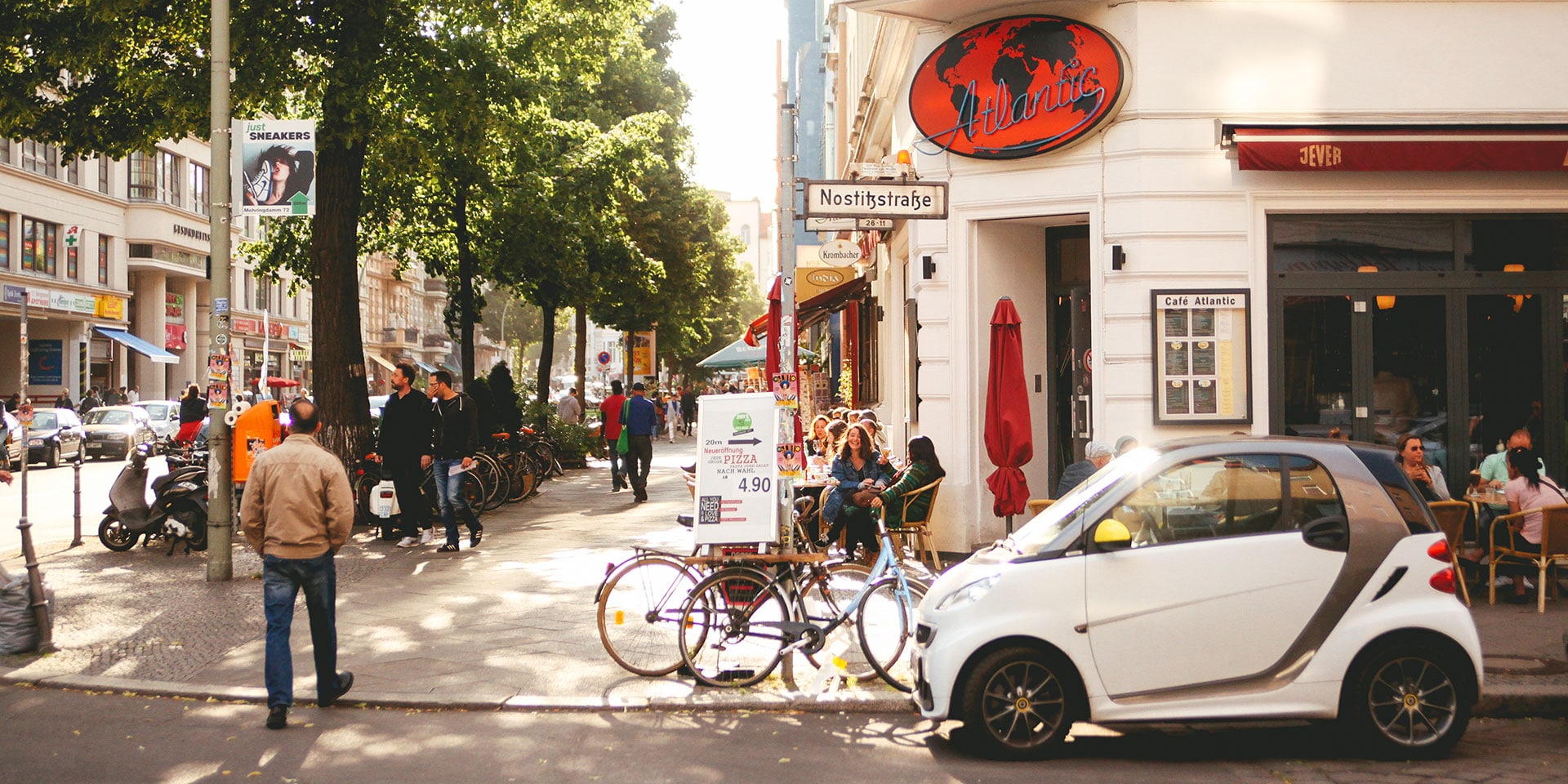On June 26, 1963, American President John F. Kennedy stood at a podium in a packed square in West Berlin and proudly proclaimed, “Ich bin ein Berliner.” Which in German can literally mean, “I am a jelly doughnut.” (Omitting the “ein” would have more accurately conveyed what Kennedy actually meant.)
But the obvious intent was what mattered then, and now — the fact is, in many ways, we are all Berliners. Kennedy’s sentiment struck a chord, as he declared, “All free men, wherever they may live, are citizens of Berlin, and therefore, as a free man, I take pride in the words ‘Ich bin ein Berliner!’” And in 1989, the world watched the ultimate testament to freedom unfold: the fall of the Berlin Wall.
When this mitteleuropa (Central European) metropolis was split in two after World War II and a wall literally divided it starting in 1961, the city’s neighborhoods evolved very differently, as many former villages united, each known as a “kiez,” a very Berlin term for “urban district.”
Today, the reunited German capital is more interesting than ever; from cosmopolitan to cultured, funky to downright fun, Berlin’s neighborhoods have something for everyone.
As always, check for travel guidelines and closures before planning your trip.
Friedrichshain
Located in the erstwhile East Berlin, Friedrichshain is the best neighborhood in the German capital to get a sense of what the city was like during the Cold War. Walk down the wide boulevard, Karl Marx Allee, that is flanked by one of the best collections of monumental, wedding-cake-like Stalinist architecture on the planet.
Stop into the museum dedicated to the Stasi, the East Berlin secret police who were experts at bugging homes and spying on ordinary citizens.
You may want a drink afterward. In that case, head to Die Tagung, a bar where busts of Lenin and Soviet hammer-and-sickle flags make up much of the decor. And to get a literal taste of East Berlin, head to either Volkskammer or PILA, two kitschy East Berlin–themed restaurants where you can eat socialist-era slop amid a museum of Communist tchotchkes.
Prenzlauer Berg
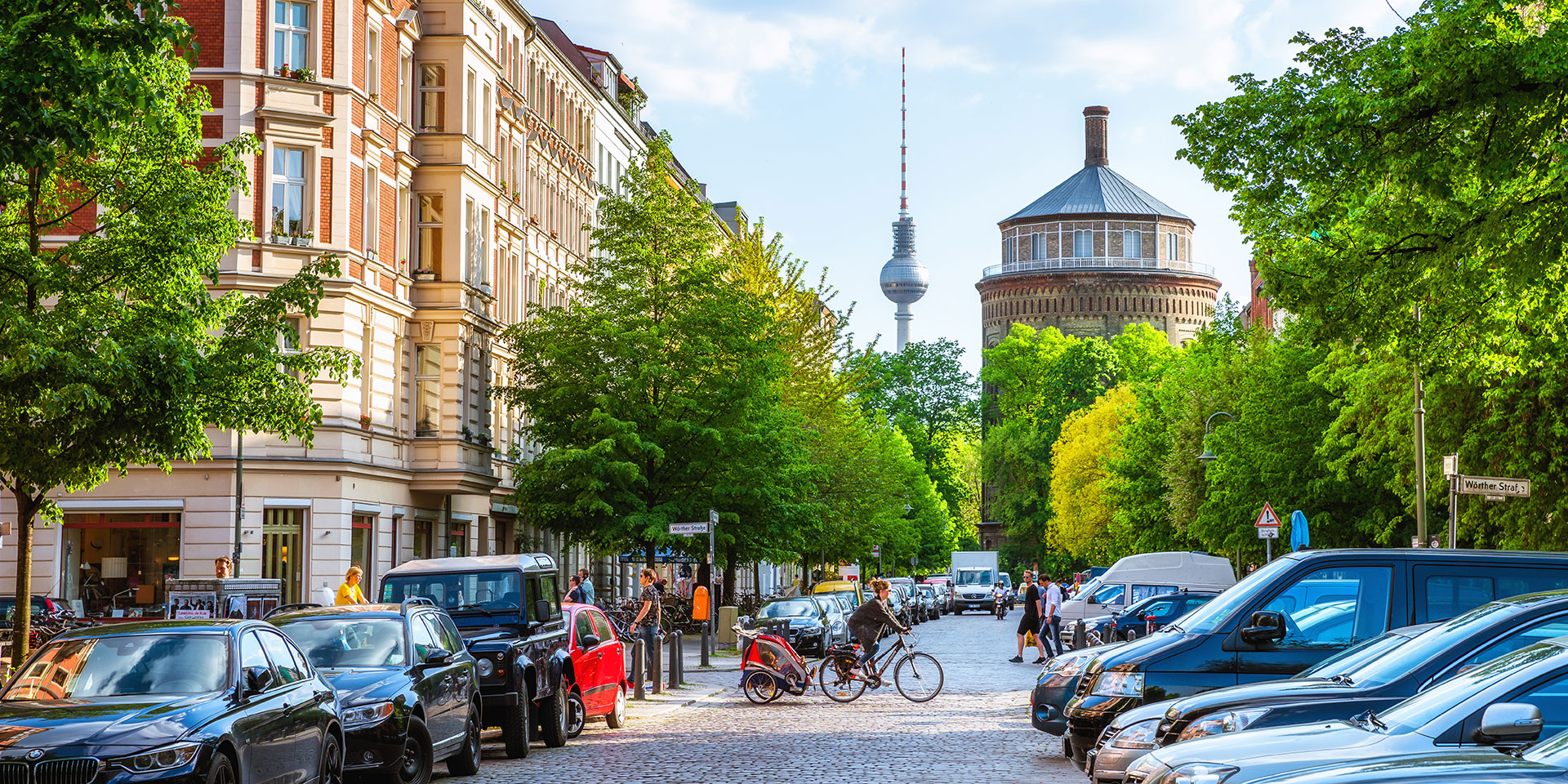
One of the prettier neighborhoods of the former East Berlin, Prenzlauer Berg was an early contender for hippest neighborhood in Berlin in the 1990s. But then something interesting happened: Those hipsters started getting older, marrying and having babies.
Today Prenzlauer Berg is still a very fun and charming place to spend time, but you’ll see a lot more baby strollers than bohemians. Hit up the fun Sunday flea market in Mauer Park (and the awesome outdoor karaoke in the park).
Or any time of the week, stop by the Kulturbrauerei, an erstwhile 19th-century brewery that has been turned into a cultural center complete with shops, performances and museums. Have a few pints of beer at the leafy, plus-sized beer garden Prater. If the weather is too cold, hit up an expat favorite, Badfish, or the wine bar La Cave.
Mitte
Before 1989, swaths of Mitte were a nullius terram, or no man’s land, thanks to its position straddling East and West Berlin. But after the Wall came down, it wasn’t long before this central area become the place to be. And still today, it is so crammed with great bars, restaurants, museums and other attractions that it’s impossible to be in Berlin without spending time in Mitte.
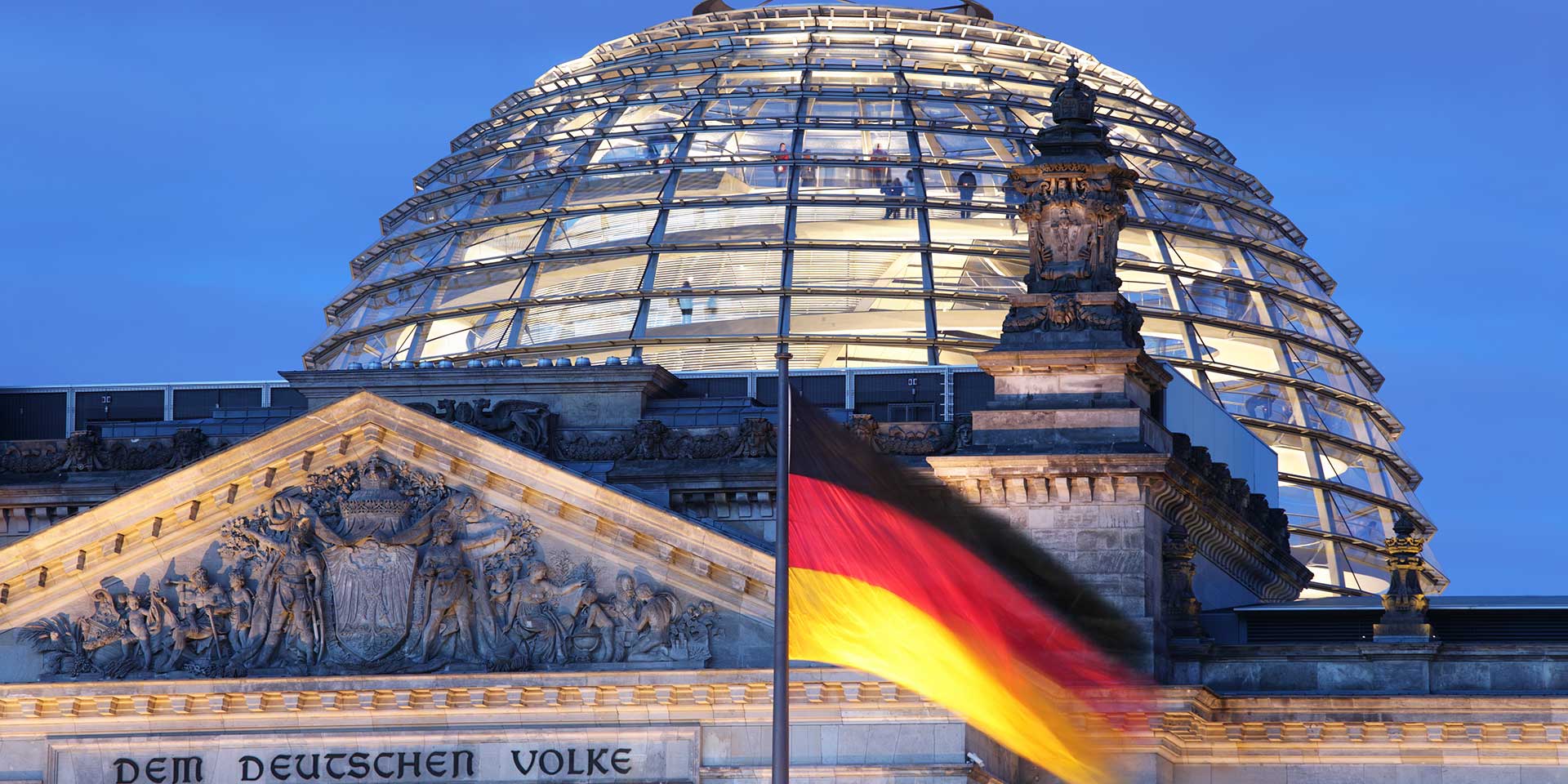
Be sure to visit the Reichstag. And by that, we mean the dome of the German parliament, designed by architect Sir Norman Foster. The two double-helix walkways lead to an incredible view of the city.
And then head on over to the former east side to linger in Alexanderplatz, the center of the former East Berlin. Look up at the Fernsehturm, the huge TV tower that looks like the Death Star on a stick, and try to imagine what life was like there before 1989.
If you need a caffeine fix, grab a cuppa at specialty café and coffee shop #Hashtag. When the stomach starts to rumble, grab a table at Lokal, which serves up highly inspired but non-fussy dishes with a Central European bent. You won’t be sorry.
Potsdamer Platz
Once the center of bustling interwar Berlin — it was even home to the very first streetlight in Europe — Potsdamer Platz became a no-go zone during the Cold War because of its unfortunate geographic location surrounding the Wall. Today you can stay in proximity to the area at The Ritz-Carlton, Berlin or spend the night at the Berlin Marriott Hotel and actually look down from your room on the place where the Wall once stood.
While you’re in the neighborhood, don’t miss visiting Checkpoint Charlie, the most famous crossing point between the former East and West parts of the city during the Cold War. Get a photo with one of the faux guards at the “crossing” to light up your Instagram with “likes.”
Charlottenburg
Since the 1989 fall of the Berlin Wall, much of the attention on Berlin has been focused less on what constituted the central part of what was West Berlin. But in order to really understand this city, one should definitely visit Charlottenburg. It’s like stepping into an entirely new town.
Affluent, clean and cosmopolitan, Charlottenburg’s main drag is Kurfürstendamm, or Ku’damm. It is flanked by posh multinational shops and corners of intersections have sprawling, Parisian-like bistros.
Browse at KaDeWe, Kaufhaus Des Westens, a department store that was meant to show off the diversity of riches of the West during the Cold War.
Or stop by Bikini Berlin, a smart and funky shopping mall that shows off the works of smaller designers. If all that shopping has built up a thirst, head to the award-winning Restaurant Am Steinplatz, known for its inventive mixology, and pair your sips with a snack, like the garlic Parmesan fries.
Kreuzberg
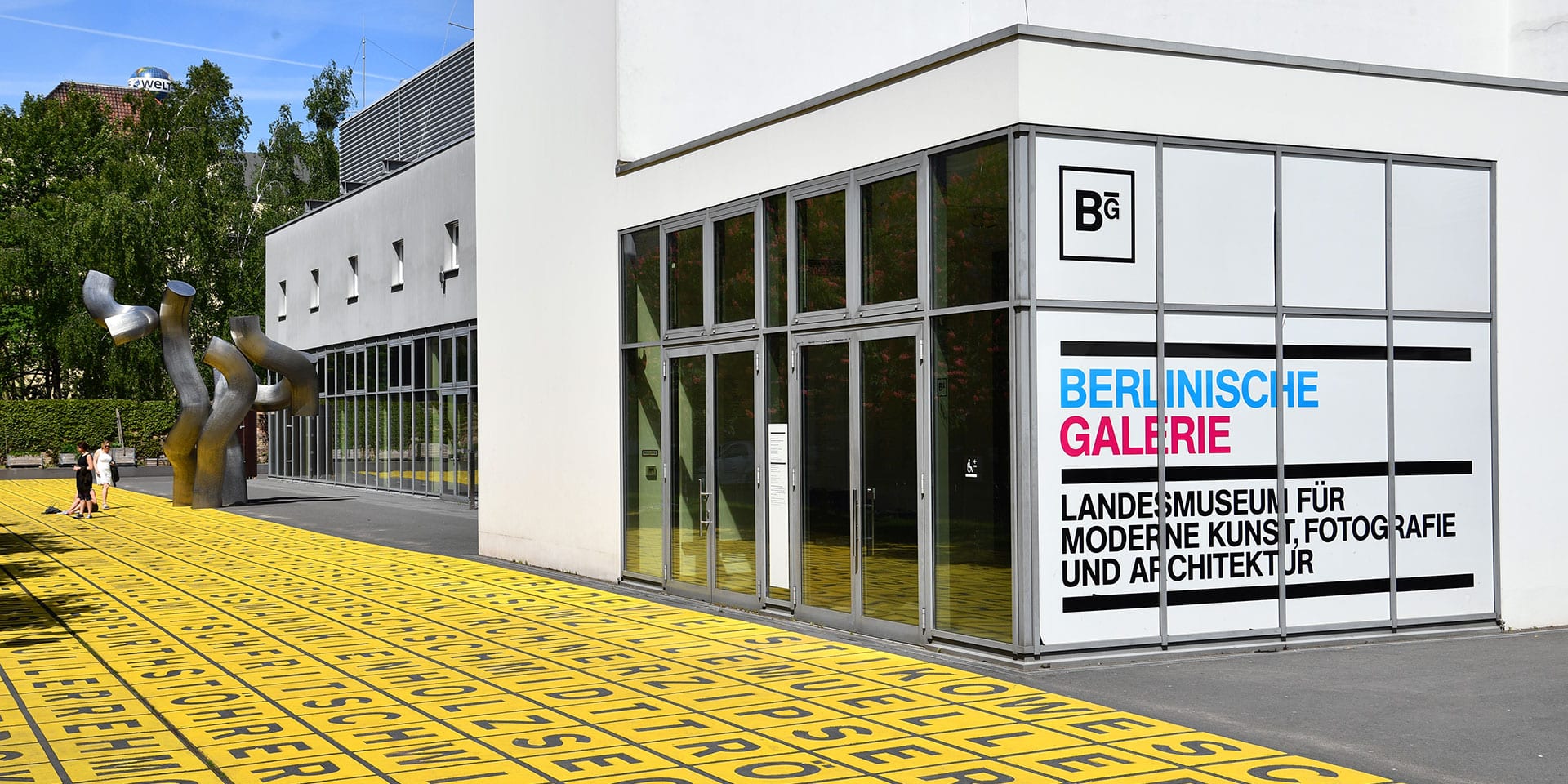
During the war, this neighborhood was in West Berlin, but it was so close to the Wall that most Berliners avoided it. As a result, many Turkish and Arab immigrants, who came here after World War II as Gastarbeiters, or guest workers, settled here.
So did a lot of money-starved artists who squatted in the many abandoned buildings that hugged the Wall. Kreuzberg took on a somewhat rough-and-tumble and colorful edge that you still feel today.
For some seriously good art gawking, head to the Berlinische Galerie, a handsome space that exhibits modern painting, photography and sculpture.
Stop into Tadim for the best döner kabab in Berlin: fire-roasted lamb sliced off of a turning spit and stuffed into a crunchy piece of pita bread. And have a drink at Bei Schlawinchin, a funky bar that literally never closes. Go at 8 p.m. and there will just be a few neighborhood folks nursing pints of beer. But head in around 4 a.m., and the shindig is just getting started. This is Berlin-style partying at its best.
Neukölln
For two decades after the fall of the Wall, whatever neighborhood was deemed the “hip” neighborhood would pingpong around the city, changing every few years. But the status of Berlin’s hippest ‘hood seems to have stuck with Neukölln a lot longer than most.
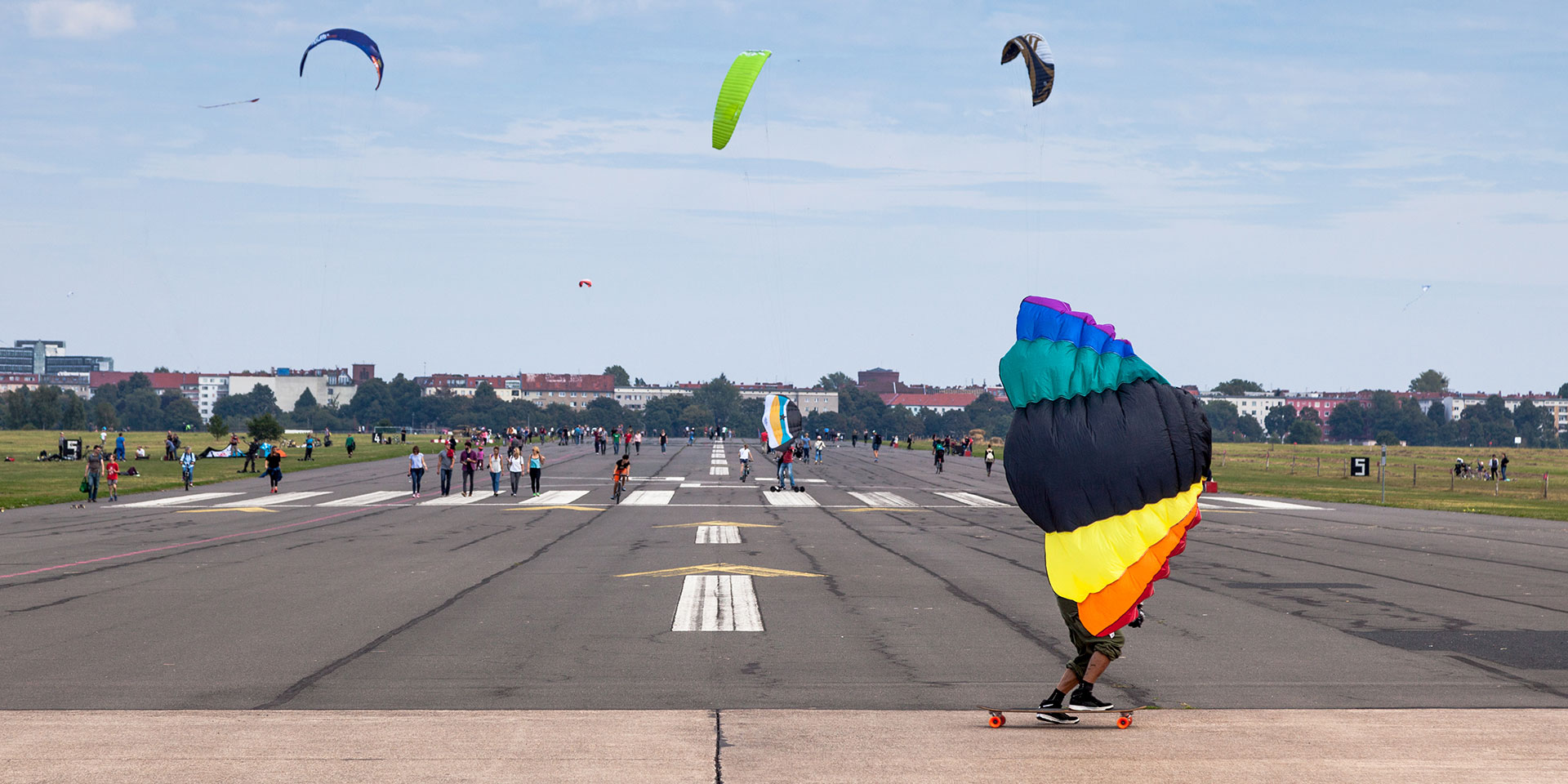
Bordering Kreuzberg, this part of town is also a place where hipsters rub elbows with Turks and Arab immigrants. The district won’t win any awards for its visual aesthetics, but if good eating and good partying is what you’re after, this is the place.
For some of the best Lebanese cuisine this side of Beirut, plant yourself at no-frills Azzam — get the hummus with döner kebab meat and the labneh, a thick and creamy yogurt dish that is perfect for dipping pita into.
Afterward, head up to Klunkerkranich. This bar and club is not easy to find. Linger around the shopping mall at the intersection of Karl Marx Strasse and Flughafen Strasse long enough and follow any skinny-jeans-wearing hipsters into the unmarked elevator. It will take you to the top of a parking garage where bibulous fun awaits you — and perhaps one of the best views of Berlin.
To burn off all that food and beer, rent a bike and ride around Tempelhof Airport. The airport, virtually smack in the center of the city, shut down in 2008, and the city voted to turn it into a park. So now you can ride a bike down the runway or just gawk at the massive Nazi-designed airport terminal, once one of the biggest structures on the planet.
